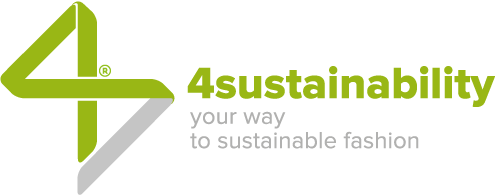It’s certainly true that the consumer is increasingly oriented to purchasing sustainable products and willing to even spend a little more. It’ equally true that there’s very little clarity on the real or presumed product sustainability, even if the perspective is that – more advantageous, on paper – of the manufacturer.
Let’s narrow it down to the fashion sector: what does it actually mean to create a clean or low-impact product? Among the variables that come into play, one of the most relevant undoubtedly has to do with the article development, be it a garment or an accessory, in fabric or leather.
WHAT DO YOU MEAN BY ECODESIGN?
Ecodesign or sustainable design is the intelligent design of the product aimed at ideally eliminating every one of its negative impacts on the environment and on people throughout the entire life cycle: from study to production, marketing, maintenance, up to end-life management.
According to a recent publication from the European Union, entitled Ecodesign your future. How ecodesign can help the environment by making products smarter, as many as 80% of the environmental impacts of a product are defined in the design phase. This means that in the design phase it is possible to influence its actual sustainability contents – and not a little – by taking into account the raw materials, the manufacturing processes and the destiny of the product once its original function has been exhausted. The above mentioned items are those with the major implications in terms of water and energy consumption, use of harmful chemicals to human health and the environment and CO2 emissions into the atmosphere.
Raw materials
A good start is to opt for raw materials with a lower environmental impact than “traditional” ones – artificial, synthetic but also natural such as cotton, which requires plenty of water and energy. Alternatives are different and range from organic raw materials to recycled and / or regenerated row materials, to row materials resulting from technological research.
Manufacturing processes
The question, in this case, is whether it’s possible and how to review the transformation processes of raw materials into finished products, for example reducing their water footprint, implementing a more environmentally friendly chemical management system, lowering production waste, etc. Each factory that carries out transformation processes can become “clean” by converting production in order to decrease its impact, with concrete and measurable results.
End-life
In this case as well we should look ahead, considering already in the design phase how to postpone the disposal of the product in line with the principles of circular economy, that is to say how to recover, recycle or reuse than simply destroy. Added to this is what can be done in the design phase to manage the product and its end of life optimizing maintenance.
AN OVERARCHING VISION IS THE KEY
In summary, a sustainable final product is such if it integrates suitable solutions to reduce its impact on both an environmental and social level. Choosing raw materials carefully or even inventing new ones by recovering, for example, natural waste materials is certainly commendable, but at the same time it is necessary to review the transformation processes in order to rationalize electricity consumption, reduce CO2 emissions, protect workers’ health and so on.
If we reverse the terms of the issue, the result doesn’t change: committing to eliminate the use of harmful chemicals in production is good and right, but we should also proceed on the fronts of raw materials and the product end-of-life.
In short, an overview is needed that considers all the variables, to safeguard the health of the worker and the final consumer and also of one’s reputation as a company, on which certain choices impact in an increasingly consistent and measurable way.
CLEAN PRODUCTS THAT THE CONSUMER LIKES
According Francesca Rulli, Founder e CEO at Process Factory/4sustainability®, the fashion supply chain has a great opportunity to do well for itself and for the planet, combining ethics and profit in the best possible way. “If each company – she says – remodelled its product development processes from a sustainable perspective, increasing its skills and structuring roles in the field of sustainable design capable of affecting, in addition to production, also the management of raw materials and suppliers, the environmental impact of the whole sector would be greatly reduced. Clean products placed on the market would grow in number and attractiveness thanks to the positive attributes to be offered to consumers who are increasingly aware and consequent in their purchasing behaviors”.

